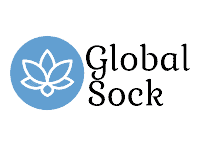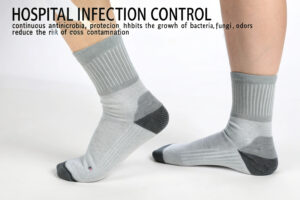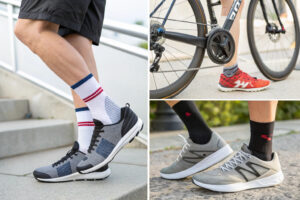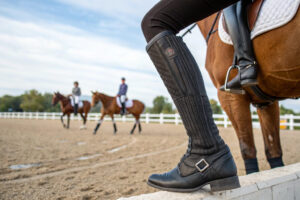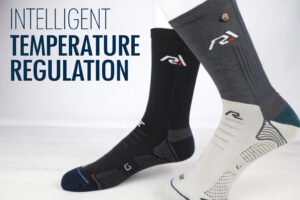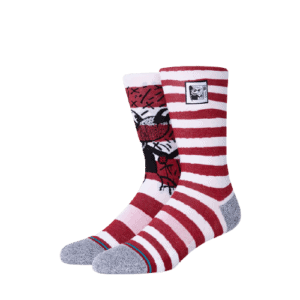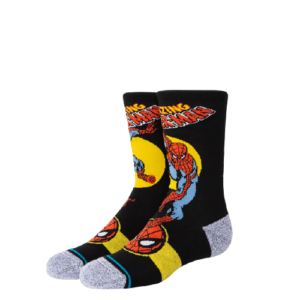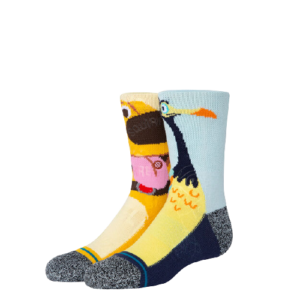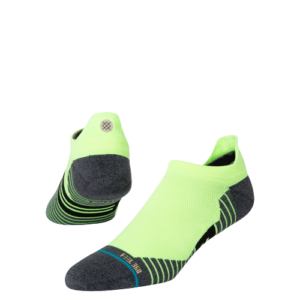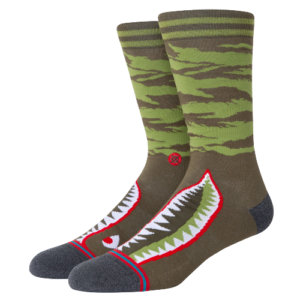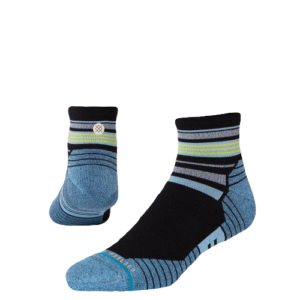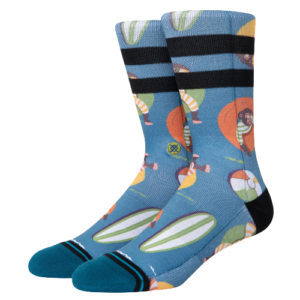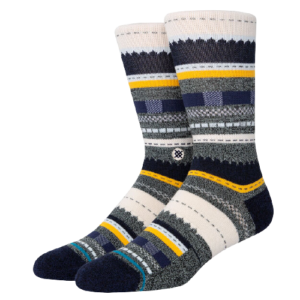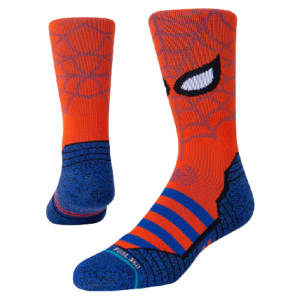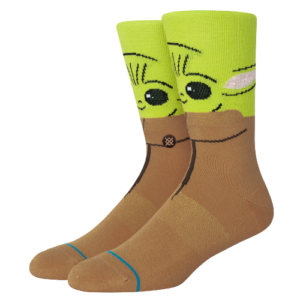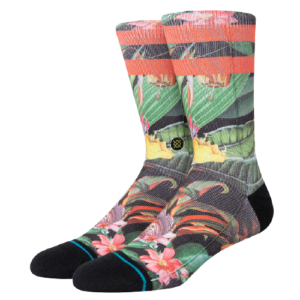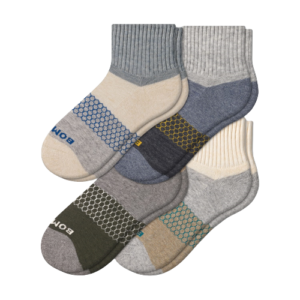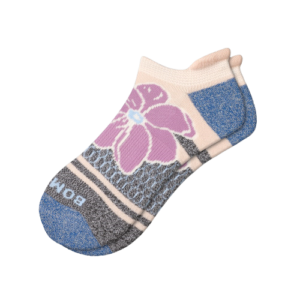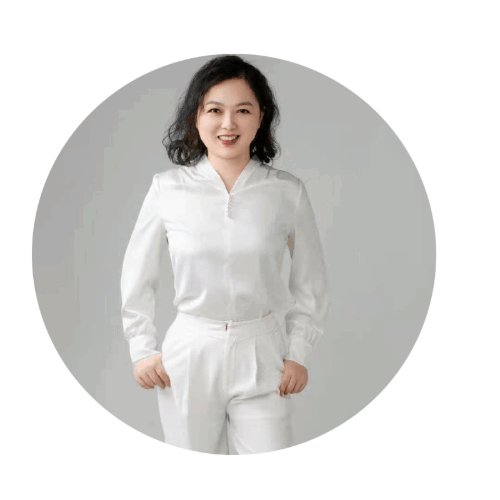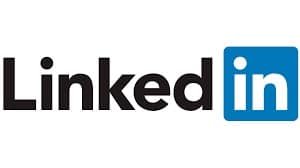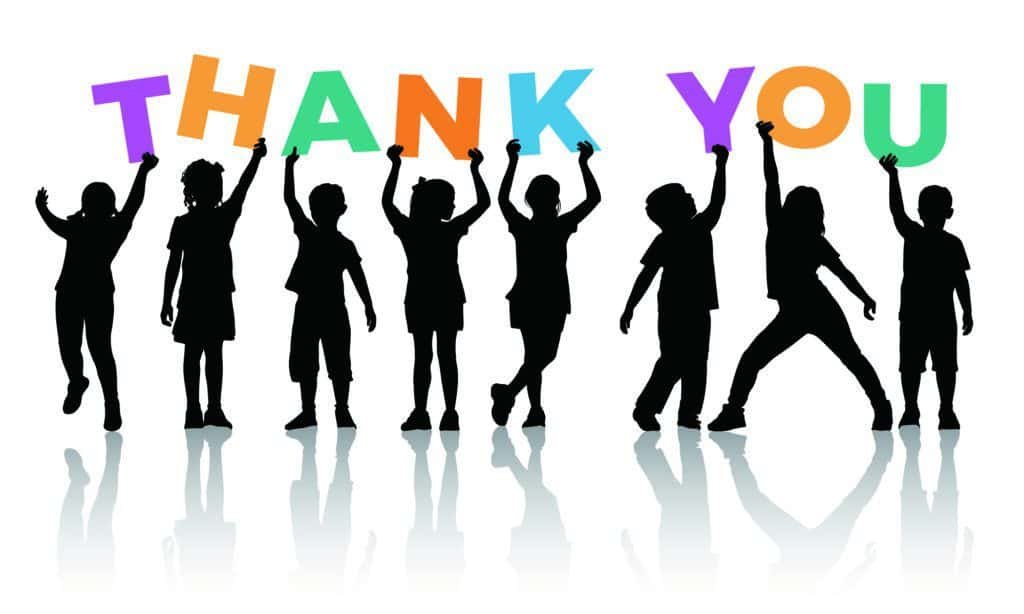Sourcing socks from China can be a game-changer for your brand—if you find the right partner. But many first-time importers end up with poor quality, delayed shipments, or factories that disappear after one order. So how do you avoid those pitfalls?
To find reliable wholesale sock suppliers in China, look for manufacturers with strong certifications, stable export history, in-house quality control, and flexible sampling capabilities, preferably based in key clusters like Zhejiang.
After over a decade in the sock business, I’ve helped hundreds of global buyers—especially from the US and Europe—find dependable partners. Let me show you how to navigate this market with confidence.
What regions in China specialize in sock production?
China’s sock industry is highly regionalized, with a few key hubs concentrating most of the production. Knowing where to look helps you avoid middlemen and go straight to the source.
The best sock suppliers are based in Zhejiang Province, especially in Zhuji (Datang), Keqiao, and Yiwu, known as the 'Sock Capital of the World.'

Why is Datang called the “Sock City”?
Datang in Zhuji produces over 70% of China’s socks and nearly one-third of the world’s. It’s home to thousands of factories—from small workshops to massive OEM facilities.
This cluster gives suppliers access to local yarn mills, dyeing houses, and packaging factories, creating an ultra-fast and cost-effective supply chain. Our facility in Keqiao benefits from this same network, allowing us to produce and deliver samples within 7 days. Datang Sock City is even a recognized industrial hub by the Chinese government.
What are the benefits of sourcing from Keqiao?
Keqiao isn’t just about socks. It’s China’s largest textile trading hub, with thousands of fabric and accessory suppliers. Many sock factories have operations here to speed up sampling, labeling, and international logistics.
Our company, for instance, works with local dyeing partners to offer faster lab dips and fabric tests. Keqiao’s Silk Road E-commerce Zone also facilitates seamless customs clearance and warehousing for buyers in Europe and Russia.
What certifications and audits should a sock supplier have?
When sourcing in bulk, documentation is key. You need more than just an Alibaba listing or pretty samples—your supplier should meet real standards.
Look for factories with BSCI, SEDEX, OEKO-TEX®, GRS, or WRAP certification, and confirm they conduct internal tests for shrinkage, colorfastness, and durability.
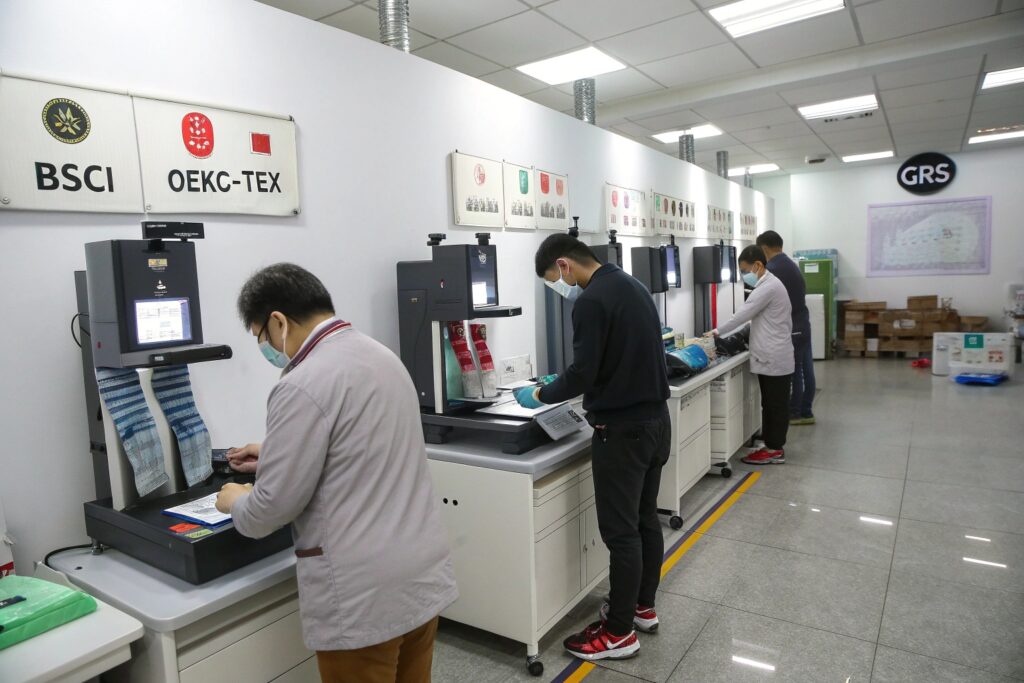
Why are compliance certifications important?
Certifications like BSCI and OEKO-TEX show that the factory meets labor, environmental, and material safety standards. These are essential for buyers selling into the EU or U.S. retail markets.
For example, we undergo annual OEKO-TEX and GRS audits so our clients can confidently market our socks as sustainable. Certificates also give your retail customers peace of mind. If your products will be in a supermarket or department store, these badges matter.
How can you verify testing capability?
Reliable suppliers don’t just outsource testing—they invest in in-house labs. Our CNAS-accredited lab checks fiber content, anti-pilling, shrinkage, and colorfastness for every batch.
Ask your supplier for a sample test report or inspection video. You can also verify labs through the CNAS registry. Serious factories will offer QR-coded reports linked to test parameters, making quality traceable.
What platforms and methods help you find trusted factories?
Many buyers begin with Alibaba—but that’s just one piece of the puzzle. Smart sourcing uses multiple channels to verify credibility and capability.
Use a mix of Alibaba, global trade fairs (like Canton Fair), Google searches, LinkedIn sourcing, and recommendations from industry peers to find trustworthy sock suppliers.
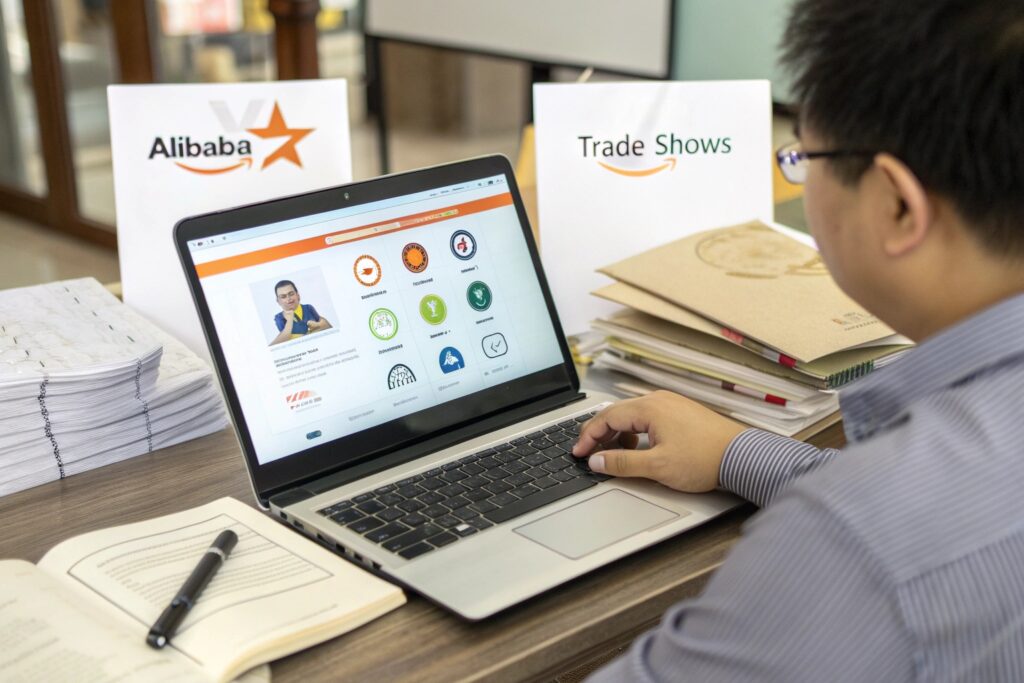
How do you screen suppliers on Alibaba?
Alibaba offers easy access to manufacturers—but beware of trading companies. Look for Gold Suppliers with over 5 years of history, verified factory videos, and recent third-party audits.
We recommend filtering by "manufacturer," checking factory photos for knitting machines (like Lonati or Sangiacomo), and reading reviews. Also, ask for a factory inspection report to cross-check claims. Trustworthy suppliers will gladly show their production floor and testing setup.
Are trade fairs still useful for sourcing?
Absolutely. In-person sourcing still beats online when it comes to building long-term trust. Events like Canton Fair and CHIC Shanghai allow you to touch samples, negotiate directly, and check consistency between claims and reality.
We’ve met long-term clients at both domestic and overseas shows. Many of them use these events to discover innovation, like our AI-driven sock design catalog or recycled fabric collections.
What value-added services do top suppliers offer?
Top-tier sock manufacturers aren’t just knitting socks—they’re delivering full-service solutions, especially for growing brands and B2B buyers.
Look for factories that offer product development, sampling, design assistance, customized packaging, international logistics, and post-shipment support.
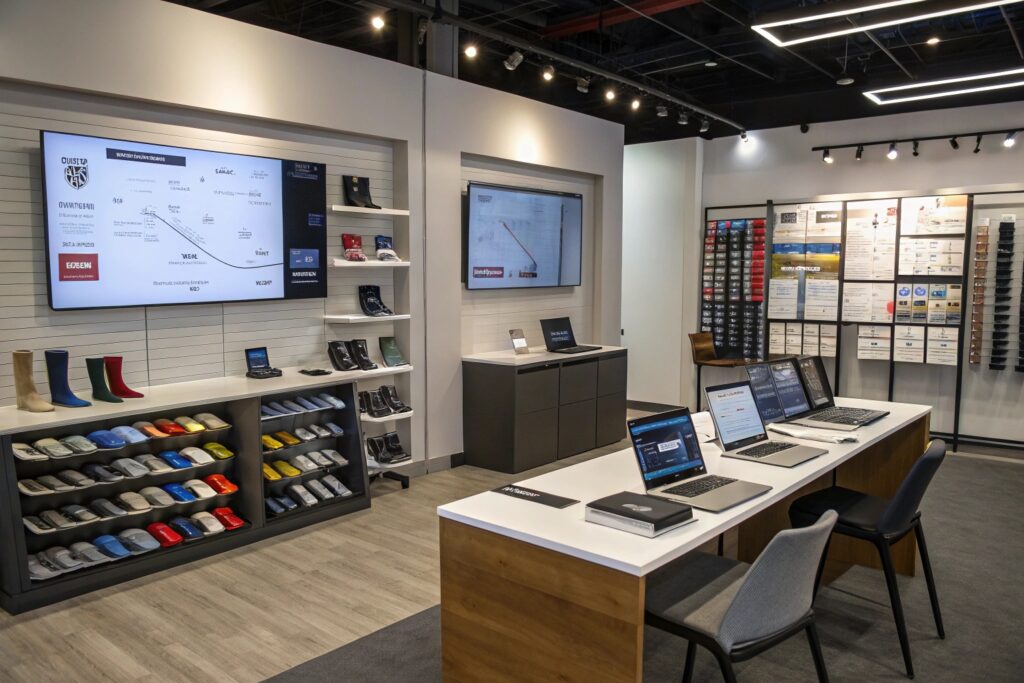
What development support should you expect?
Brands need speed. A good factory should offer 3–7 day sampling, trend forecasts, and even tech pack refinement. Our R&D team creates over 1,000 designs annually, including for niche segments like compression socks or toe socks.
We also provide access to 800+ in-stock styles with low MOQ customizations for new brands or seasonal launches. A development partner should guide you, not just follow instructions.
Do reliable suppliers offer logistics and compliance help?
Definitely. Bulk buyers need clear shipping timelines, customs coordination, and flexible Incoterms. Our clients in the U.S. and Russia especially value our DDP services and bonded warehouse access in Keqiao.
A supplier who handles carton design, labeling, and even HS Code declaration avoids costly errors. Our post-shipment tracking dashboard—shared via Google Sheet—is updated daily. Others like Flexport also provide similar tools.
Conclusion
China remains the best place to source socks—but only if you find a reliable partner. Focus on factories in major production zones like Keqiao and Datang. Ask for compliance proof, visit trade shows, and test real samples. The best suppliers won’t just give you good socks—they’ll help you grow your business with flexibility, quality control, and logistical strength. With the right Chinese partner, wholesale sock sourcing becomes not just easier—but profitable and scalable.
